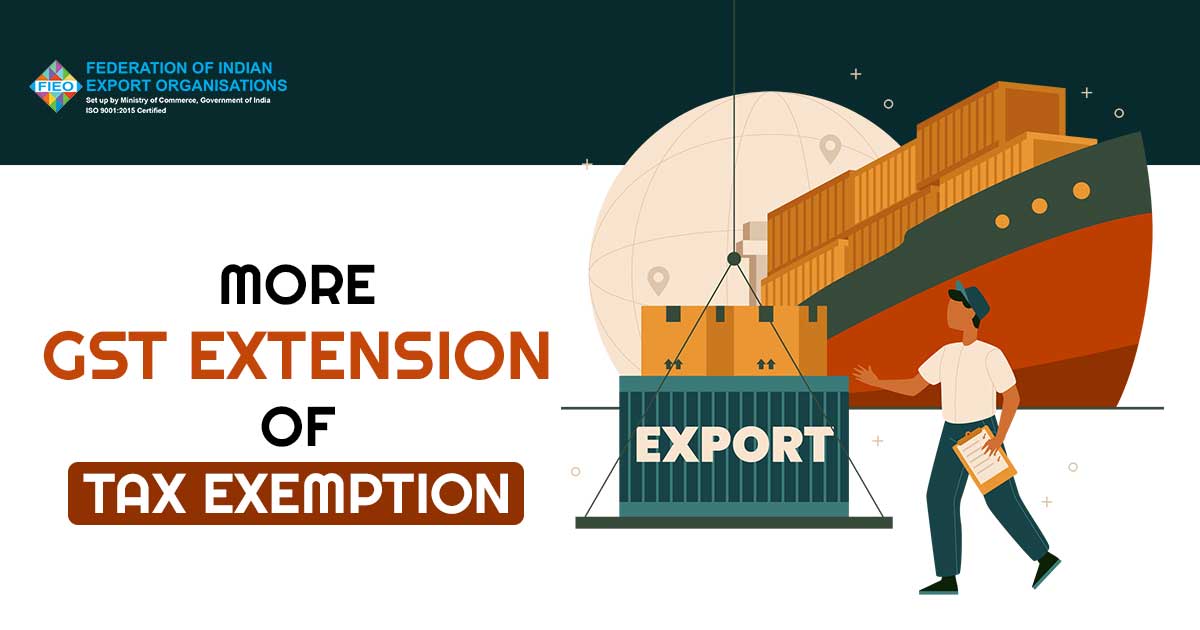
As per the recent reports, the exporters have demanded the exemption from the GST on the freight of exports after mentioning the challenges of liquidity if there is no extension of the deadline.
The Federation of Indian Export Organisations (FIEO) sent a letter to the finance minister Nirmala Sitharaman on this matter and said the increase in the overseas freights has been seeing an approximate rate of 300-350 per cent as compared to the pre covid level. And also this creates a major lag in receiving the GST input tax credit refund in around 2 3 months affecting the cash flows.
As per the statement of FIEO, it said that “The global trade is entering into a very difficult phase as countries are facing high inflation and impending recession affecting the demand. The rate of growth in exports is also coming down as can be seen in the export growth rate from April-August,2022.”
When seeing the reports of the goods exports, it has been slowed to 1.62 per cent in the month of august while the trade deficit has doubled to an amount of $27.98 billion as compared to the last year time period. While imports have been on rising by 37.28 per cent to the amount of $61.9 billion in the month of August.
As of now, there have been two times exemptions on the GST on export freights since the introduction in 2018 and the final exemption time period ended on 30 September after a full 2 years of exemption.
The Federation of Indian Export Organisations said, “Non-extension of notification has caused panic and uncertainty adding to the liquidity challenges of the exporters.”
The ITC mechanism has a long 23 months of waiting and lag issues in the refund of ITC after the payment of GST on export freight however, there is a quick method of IGST mechanism which is said to be crucial in the agriculture exports as the air freights FOB value is higher for the export of fruits and vegetables.
Read Also: GST Impact on Export Industry in India
The argument of the FIEO is that the GST on the export freight makes the revenue neutral as the statement is that, it “may augment the liquidity of the government but at the cost of the exporters.”
The credit cost is much higher and the exemption will be assisting the export sector with much more efficient liquidity which is the most important factor for the authorities.









